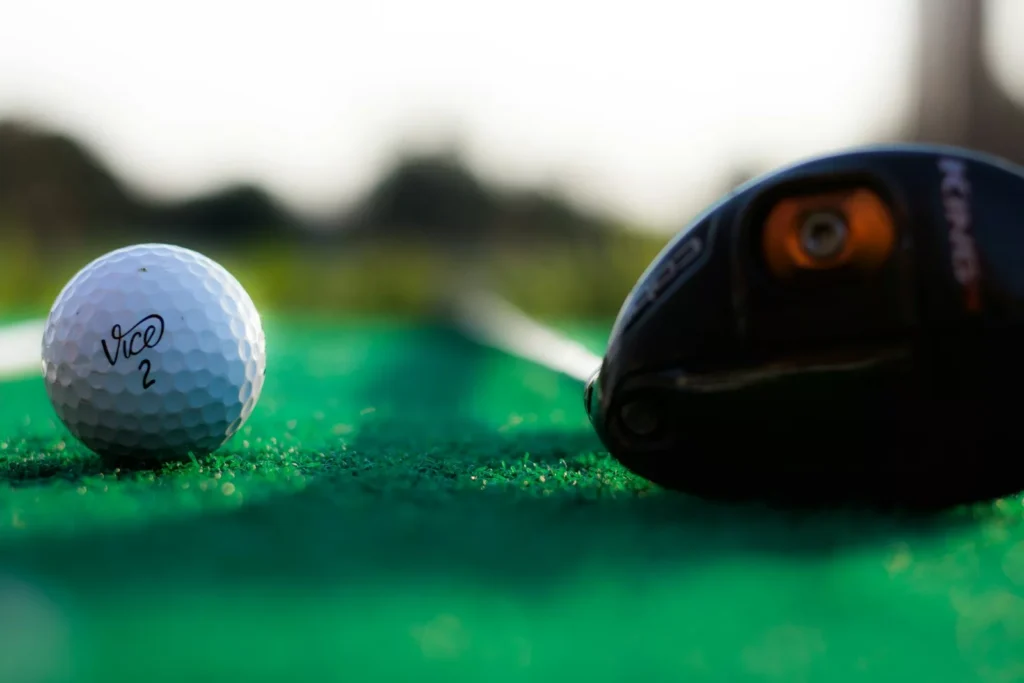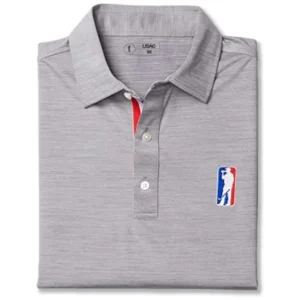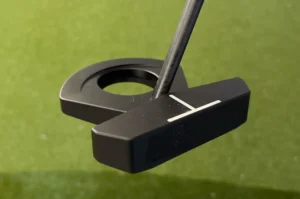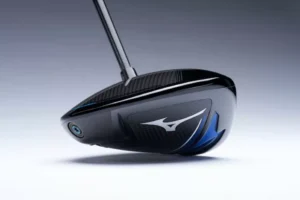The flop shot is an advanced golf shot that can get you out of trouble near the green when you need to fly the ball high over obstacles and stop it quickly on the putting surface. While pro golfers make it look easy on TV, the flop shot takes practice and proper technique to master.
This comprehensive guide will teach you How to Hit a Flop Shot, high-flying flop shots by optimizing your setup, swing mechanics, and distance control. With the right technique, you can add this signature short game weapon to your golf arsenal.
What is a Flop Shot in Golf?
A flop shot is played from tight lies in the rough or sand just off the green. It launches the ball very high on a steep ascending trajectory so it can clear tall grass and bunkers but still land softly on the putting surface.
The main goal of a flop shot is to get the ball up in the air quickly. To do this, you open the clubface of a high-bounce wedge significantly at address to add loft. Then you swing along the shoulder line to create a very steep angle of attack into the ball.
Flop shots are most commonly used when you need to fly the ball over an obstacle close to the target and stop it immediately upon landing. The open clubface and steep swing produce a lot of backspin for quick braking power.
Mastering the flop shot allows you to better escape tough situations near the green and save strokes. Let’s break down exactly how to dial in your technique.
How to Hit a Flop Shot – Proper Setup
Your setup is crucial for consistent execution of flop shots. Follow these steps to optimize your address position and alignment:
Ball Position
- Play the ball slightly forward of center in your stance to promote a downward strike at impact. Your exact ball position will vary based on the club, but a good starting point is just inside the left heel with a sand wedge.
Open Stance
- Align your feet significantly open relative to the target line. This will make it easier to swing the club outside-in across your body. Aim your toes about 45 degrees left of the target.
Shoulder Alignment
- Keep your shoulders square to the target line even with your open stance. Resist opening your shoulders at address – they should remain perpendicular to the target.
Clubface Opening
- Open the clubface by turning your wrists. The leading edge should point skyward with the face aiming well left of the target. For a higher shot, open the face more.
Weight Distribution
- Maintain a centered, balanced distribution of weight between your feet at setup. Avoid leaning back or swaying onto your back foot during the swing.
With the proper setup adjustments, you can now make your swing with confidence.
Read Also: How to hit a Driver
Executing the Flop Shot Swing
The flop shot swing requires some key techniques to launch the ball high and land it softly:
Utilizing Bounce
- Choose a high-bounce sand or lob wedge. The wider sole helps glide through the turf instead of digging. Let the bounce do the work – don’t help it by manually scooping.
Swing Along Shoulder Line
- Make an aggressive swing along the shoulder line you established at address. This very steep, descending blow with maximum loft launches the ball skyward.
Scraping Along Turf
- Brush down aggressively through impact, maintaining shaft lean and scraping along the grass. This steep angle of attack gets the ball airborne quickly.
Tempo and Swing Length
- Use a smooth tempo with a normal length backswing and steady accelerate into the ball. Avoid decelerating as you near impact.
The combination of these swing techniques will send the ball rocketing upwards with plenty of backspin to stop it on the green. But controlling distance requires finesse.
Distance Control with Flop Shots
The loft and swing path of a flop shot send the ball very high but not always far. Use these strategies for distance control:
Vary Swing Length
- A longer backswing and faster swing speed will propel the ball farther. For a lower, softer shot, use a shorter, smoother swing.
Consistent Contact
- Solid ball-first contact is mandatory for distance control. Skulled or chunked shots will come up well short. Practice making crisp impact.
Launch Angle Optimization
- A higher launch angle will reduce distance but improve stopping power. Find the right mix of height and distance for the situation.
Start with half swings to gauge distance control. As you gain confidence, lengthen the swing to fly it farther. Now let’s examine some common errors and fixes.
Read Also: Master proper alignment in Golf
Troubleshooting Flop Shot Problems
While difficult at first, a few adjustments can quickly remedy common flop shot mistakes:
Thin Shots
If you’re skulling or blading the ball, avoid helping the bounce. Maintain shaft lean through impact so the leading edge doesn’t lift.
Chunked Shots
To prevent heavy ground contact, make sure your weight is centered at address. Then brush down aggressively with a slight forward press into the ball.
Inconsistent Launch Angle
Focus on keeping your upper body and legs quiet during the swing to improve strike consistency. Limit excessive motion to enhance contact.
With proper setup, sound swing mechanics, and dialed distance control, you can begin applying your newfound flop shot skills on the course.
Using Flop Shots from Challenging Lies
Flop shots enable you to be creative from tough spots near the green:
- Deep Rough: The loft and bounce help the club glide through thick grass to pop the ball out.
- Bunkers: Open the face more to launch from soft sand over a front lip. Add extra loft as needed.
- Downslope Lies: The steep strike and spin fights gravity to hold green.
- Fast Greens: A soft landing and spin back take pace off a quick, scary putt.
Now you have the techniques to escape the nastiest lies with your trusty flop shot!
Read Also: Most Forgiving irons for Beginners
Final Verdict: Mastering the Flop Takes Practice
Learning the flop shot takes patience and persistence. But creative short game wizardry awaits those who put in the practice time.
To recap, the keys are optimizing setup, maintaining shaft lean through impact, and controlling distance with swing length adjustments. Obsess over solid contact before trying heroic flops.
With mastery, you gain confidence and creativity around the greens. So grab your most lofted wedge and take your flop shot game to new heights!
For more help, check out these resources on instruction and drills to practice flop shot technique. Now go wow your playing partners with your new go-to get-out-of-jail-free card!
